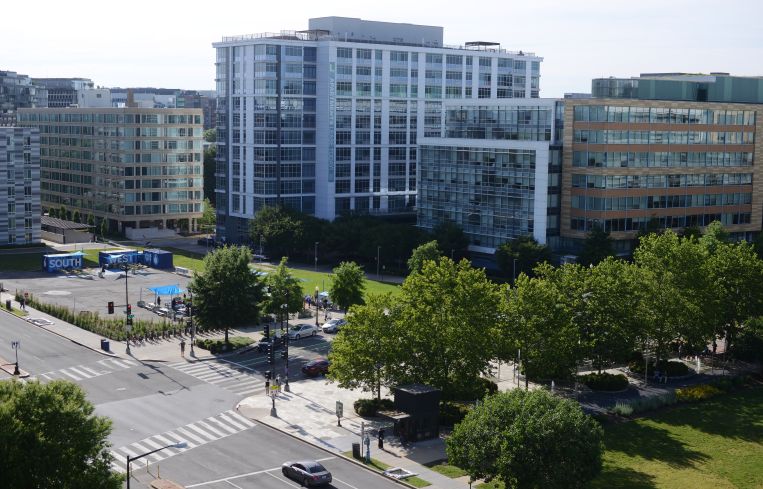Luxury Apartment Demand Steady Amid Overall Multifamily Pressures: Report
By Andrew Coen August 14, 2023 1:45 pm
reprints
Luxury apartment assets have proved resilient, due largely to rising housing prices and mortgage rates — and despite market pressures confronting the overall multifamily sector.
Vacancy rates for Class A rentals jumped 30 basis points (bps) from the end of 2022 through the midpoint of 2023, compared with a jump of 40 to 80 bps for Class B and C apartments, according to a new report from Marcus & Millichap’s Institutional Property Advisors (IPA) division, released Monday morning.
The durability of higher-end apartments is occurring despite the “record construction” of nearly 200,000 units delivered in the first half of 2023, which surpassed the previous record for the first six months of a year by 25,000 rentals, the report shows.
“Today’s high barriers to homeownership are helping support demand for high-end apartments, particularly among the millennial demographic,” John Sebree, senior vice president and national director of IPA’s multihousing division, said in a statement.
Sebree, who authored the IPA multifamily outlook report, noted that a series of aggressive interest rate hikes that began in early 2022 cooled housing demand and normalized price growth. This dynamic locked many current owners into lower-rate mortgages, limiting the amount of residential real estate listings on the sales market and causing “an increasing share” of millennial renters to abandon homeownership plans.
An added barrier to homeownership this year was the sharp rise of about $660 a month in the second quarter in the difference between a Class A apartment rental and a typical monthly mortgage payment on a median priced U.S. house, Sebree wote. One of the key challenges millennials, in particular, confront is saving for a down payment — an obstacle that might only grow, as student loan payments resume in the fall, according to Sebree.
Class A vacancy has been far more stable this year in gateway metro markets with dense populations and “extreme homeownership barriers,” the IPA report outlines. The Boston, Chicago, New York City, Seattle-Tacoma and Washington, D.C. areas each recorded luxury rental vacancy changes of 120 bps or less over the past 12 months, according to the IPA research.
Other metros with similar vacancy trends that were aided by discounted rents included Northern New Jersey, West Palm Beach, Fl., Reno, Nev. and Sacramento, Calif. Sebree wrote.
Andrew Coen can be reached at acoen@commercialobserver.com.



